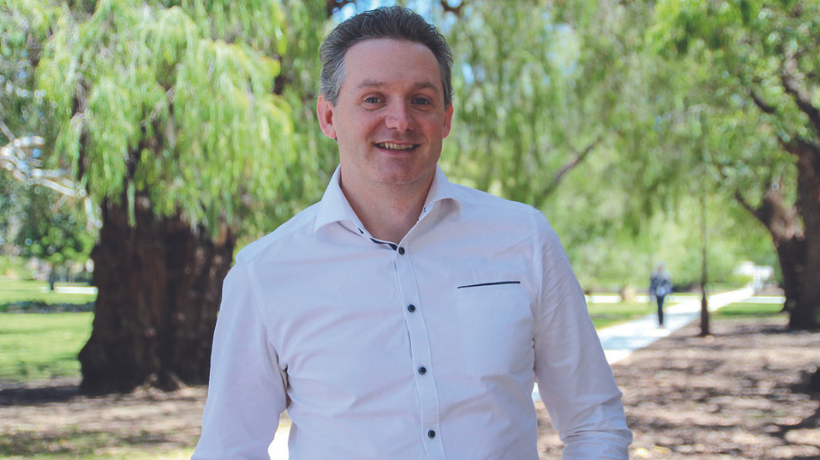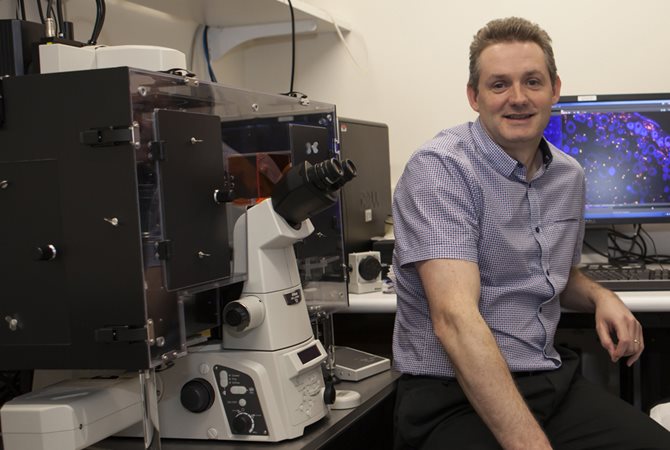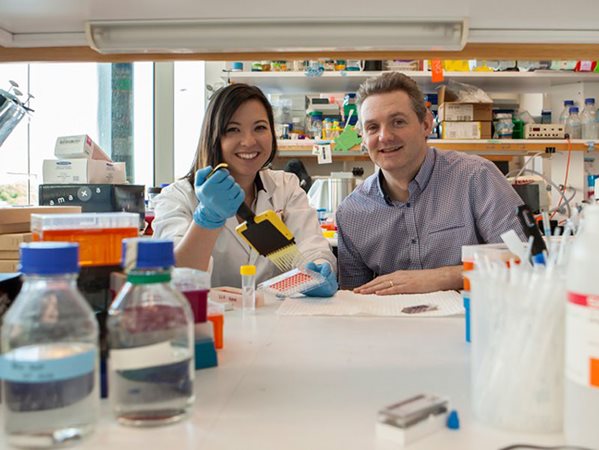
Immunotherapy, a type of treatment that helps an individual’s immune system fight various types of cancers, has shown great success in some adult cancers. It’s a truly exciting therapy that offers enormous promise for the future. But in children’s brain cancers it is yet to find its role.
While there are a few exceptions, most brain cancers haven’t yet responded to immunotherapy. However, that’s not to say they never will. Professor Nick Gottardo, co-head of the Telethon Kids Institute's Brain Tumour Research Team, states:
We don’t want to just abandon immunotherapy.
Early data from our research shows we need to harness brain-specific immune therapy, rather than just general immune therapy. It’s all about harnessing the body’s immune system, and the brain’s immune system is different to that in the rest of the body.
The research project being supported by The Kids’ Cancer Project is looking for ways to awaken immune cells in the brain by removing a cloak that helps cancer cells remain invisible. In doing this, it encourages the immune cells to identify, attack and destroy the cancer cells.
Finding child-specific solutions
Gottardo, also Consultant Paediatric Oncologist/Neuro-Oncologist and Head of Department of Paediatric Oncology and Haematology at Perth Children’s Hospital, continues:
The other aspect is that the immune system of a child, and a child’s brain, is different to that of an adult.
The research team is looking to test immunotherapy treatments in an environment that better mimics the brains and immune systems of children.

What we’re ultimately asking is, if we give this therapy, which we have found in our preliminary experiments to kill the cancer cells by removing their cloaking, in combination with radiation therapy which is the treatment that is currently most effective for brain tumours, do we see an improved or magnified effect?...In other words, do the immune cells assist the radiation in better killing the tumour cells? That’s what this is about.
We’re doing this research to find treatments for some of the worst brain cancers known to medicine – the high-grade gliomas. These cancers have very, very poor survival rates.
- Professor Nick Gottardo

Where does funding go?
Funds delivered by generous donors to The Kids’ Cancer Project pay for two things – people and products. The people are the researchers with the relevant, high levels of knowledge around immunotherapy as it relates to childhood brain cancer.
The products are the pieces of equipment and other materials and consumables required to conduct tests in the laboratory. Gottardo says:
The experiments in this particular project are currently all in the laboratory.
Read more: Dr Raelene Endersby and Professor Nick Gottardo - Pre-clinical anti CD-47 therapy.
They’re designed to generate the necessary level of data to warrant the next step, which is proposing to take it to a clinical trial to be used in children. So, at this stage, we need to amass as much relevant data as possible to make the case for taking it to clinical trials.
How far away might that be? In the past it might have been 10, 15 or 20 years.
Thanks to technology, increased knowledge, improved global collaboration and past work by organisations such as Telethon Kids Institute, it could be as little as five years.
Anything less than five years would be a bonus. Grants that have made this work possible have allowed us to continue to improve and to accelerate.
- Professor Nick Gottardo
They have made it possible for us to have a very sophisticated radiation machine in our laboratory that targets radiation the same way as the one in the clinic. This has allowed us to do increasingly sophisticated experiments.
For children and their families in the near future, Gottardo says, the outcome will be a new, effective therapy that will arrive just in time.
